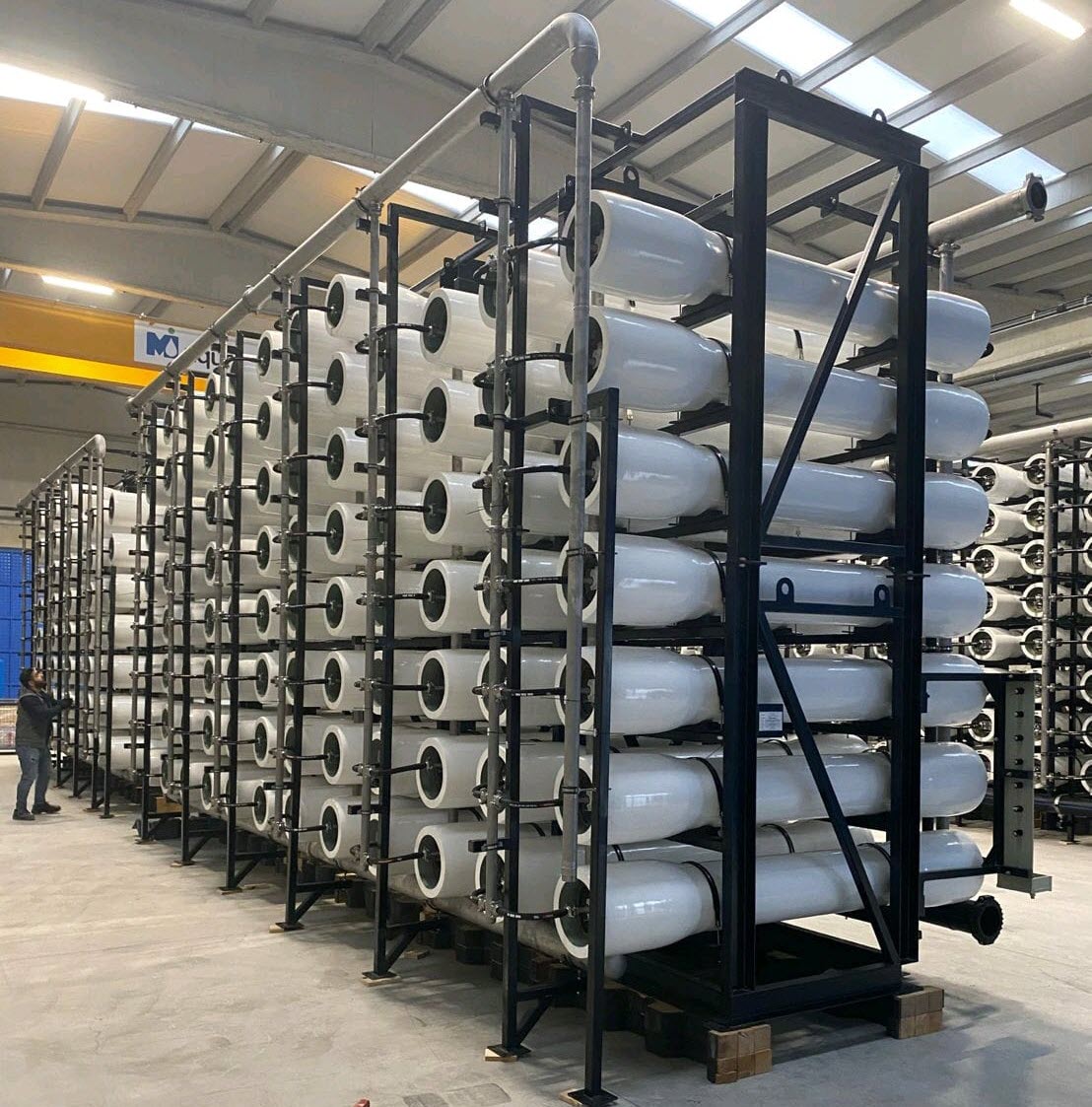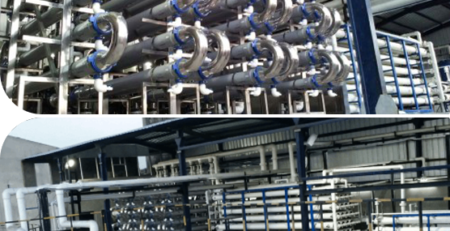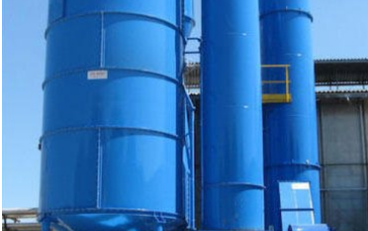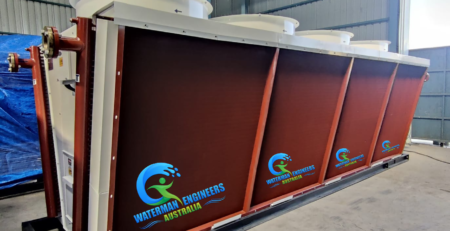The Basics of RO Plants
Pre-treatment Solutions
There are several options for pre-treatment in reverse osmosis (RO) plants. These pre-treatment processes can include conventional coagulation, media filtration, and flocculation. If the water is turbid, sedimentation and flocculation are used. These pre-treatment solutions are designed for use with RO/NF membranes.
The process of pretreatment is important to maintaining the reliability of RO plants. Impurities and suspended solids can foul RO membranes irreversibly. In addition to causing membrane fouling, improper pre-treatment can lead to plant outages and costly membrane replacement. To avoid these problems, consider installing a pre-treatment system before installation. This prevents fouling and ensures optimal RO plant performance. This will make water in your RO plant cleaner and more efficient.
Most RO plants are constructed with thin membranes. These membranes are particularly susceptible to attack and damage from chemicals. Chlorine, for example, can burn holes in the membrane, damaging it irreversibly. The more effective pre-treatment solutions are available, and Dutch Filtration is here to assist you in choosing the best one for your needs. There are several options for RO pretreatment, but they are all vital to ensuring the success of your new plant.
Using a membrane antiscalant is another option that can protect RO membranes. They are also compatible with a dosing pump system, so they take up less space. Antiscalants are commonly used by water treatment specialists. They can address hardness issues and contaminants, ranging from calcium to magnesium. Some antiscalants contain substances that are beneficial to RO membranes, including iron, manganese, and strontium.
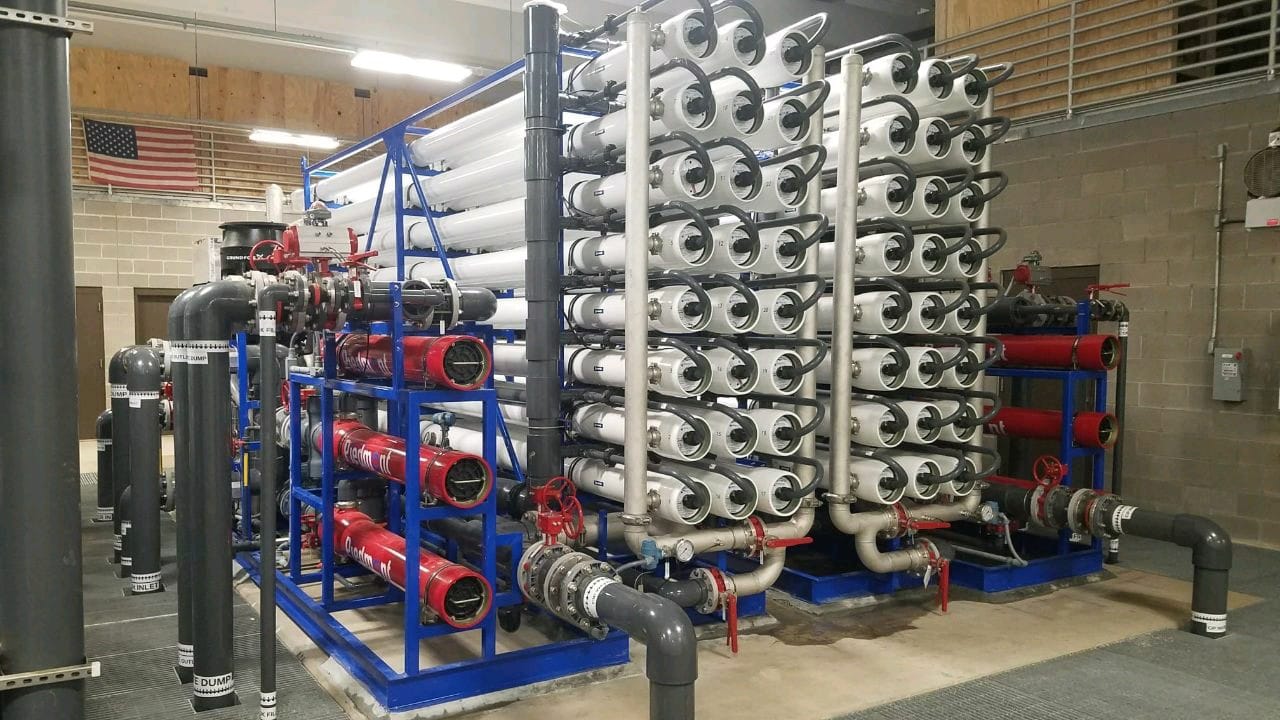
Reverse Osmosis Membranes
There are a few different ways to assess the performance of your reverse osmosis membranes in an RO plant. The first step is to calculate normalized flows and pressures. Then, compare those numbers to baseline data to get a more realistic picture of how your membranes are performing. A normalized change of 15% or more should trigger you to take action. If the change is less than 15%, a routine cleaning may not be enough to return the membranes to their original performance.
A typical reverse osmosis system uses a large amount of water for operation and may waste up to 20 gallons of water for every gallon of filtered water. This is a substantial amount of water, and utilities need to be as efficient as possible with their water recycling systems. This is one of the reasons that many companies are switching to RO systems. Furthermore, a reverse osmosis system is environmentally friendly as it uses wastewater as energy.
The process of reverse osmosis uses two types of membranes. These types of membranes vary in size and effectiveness depending on the type of intake water and the clarity of the end product. Some of them can handle a greater concentration of contaminants. Hospital-grade disinfection systems and specific contaminants require membranes with different types of elements. The size of the reverse osmosis system you need depends on the size of the water treatment task you have in mind.
Recovery Rate
The recovery rate of RO plants depends on the type of membrane used. In this technology, a thin synthetic polymer is spiral wound to form a membrane element. Source water is passed through this membrane element. Water molecules pass through the membrane, but salt ions and other organic molecules are rejected. After passing through the membrane, the water is distilled and then re-injected to produce a high-quality water. In this process, the reject is also concentrated.
The feed water/concentrated water inlet and outlet valves cannot be adjusted to increase the recovery rate. However, adjusting them can increase membrane pollution and this can be extremely dangerous. The maximum recovery rate of RO plants is 70-97%. Depending on the feed water quality, this recovery rate can increase to 90% or more. If you are concerned about your system’s ability to recover more water than you need, you can install membrane filtration systems to improve recovery rates.
The concentration factor of RO plants is an important equation in designing and operating RO systems. The higher the concentration factor, the more salt and contaminant concentrations will end up in the concentrate stream. This can cause scaling in the RO membrane. To avoid this, the concentration factor should be kept low. However, the recovery rate of RO plants is affected by the salt concentration factor. Recovery rate should be at least forty percent. If the recovery rate is lower than this, the plant should not use a reverse osmosis system.
Cost
RO plant costs are determined by the amount of water that you use. The amount of water you use every day will influence the number of filter stages and the cost of replacement membranes. The cost will vary with the size of the RO system and the complexity of the seawater purification process. Residential RO systems are available in several sizes and may require additional components.
Environmental Impact
The environmental impact of RO plants can be minimized through a variety of technological improvements. For example, RO manufacturers have developed a variety of membrane elements with varying degrees of permeability. Increasing water transport does not solve the problem of increased salt transport. Selectivity is more important in medium or high salinity feeds while reducing salt transport will improve the process. However, some challenges remain. One of these is biofouling. The membrane pre-treatment is merely a quick solution for biofouling, but the complex causes of biofouling are not addressed by a fine particle filter.
The energy consumption associated with desalination is also a major concern. The presence of bio-fouling in the membranes requires frequent chemical cleaning, which reduces membrane performance and reduces RO membrane life. The process also requires expensive replacements of RO membranes. These are not only inefficient but also have significant costs. As a result, RO plants may not be economically viable for some communities. For this reason, reducing their environmental impact is imperative.
Recirculation of purified water is important, and intermittent recirculation helps minimize power and water warming. Point-of-use cartridges are particularly unsustainable, as they require extensive flushing with purified water before use. However, this is not practical at the moment. Recycling these materials is the ultimate goal. But there are some practical solutions that can help reduce the environmental impact of RO plants. It is important to note that the carbon footprint of a RO plant should not exceed that of the system’s components.

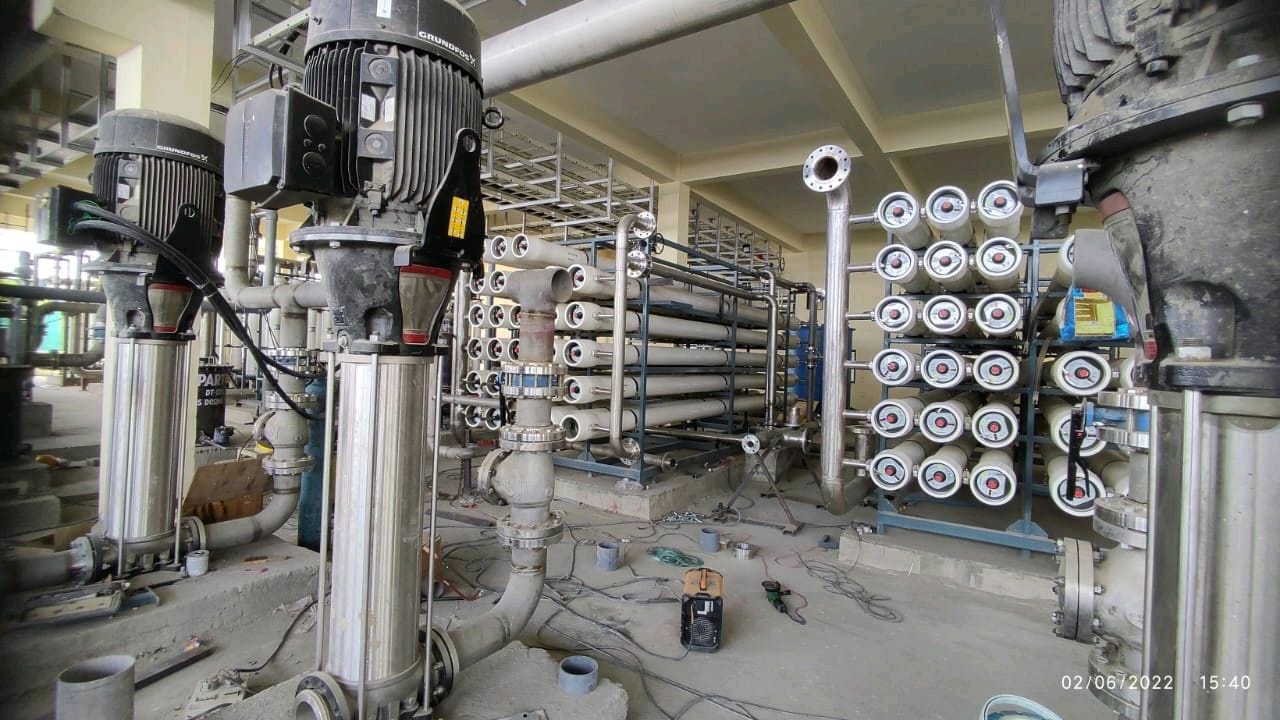
Maintenance Protocol
It is important to understand the maintenance protocol for RO plants to ensure their smooth operation. To prevent breakdowns, it is important to keep the activated carbon media cleaned and replaced regularly. This prevents the shedding of biological particles into the RO system. To learn more, read on. We’ll discuss the main steps involved in a maintenance protocol for RO plants. Also, read on for some tips that will help you avoid compromising the operation of your RO system.
The proposed maintenance protocol is a two-step process that involves a smartphone application and embedded RO plant status monitoring units. These devices transmit data to a smartphone app and to the cloud. A dedicated smartphone app interface was created using the open-source android studio platform. The app displays various RO plant parameters, product, and feed-water flow, and overall plant status. By using this information, the user can decide if a maintenance action is required.
Pre-treatment should be properly rinsed and working before running water into the RO. If it is not, the carbon bed or cartridge could be prematurely damaged. Another common problem is the leakage of hardness into the feed water, which can foul the membranes. The unit flow should be set according to manufacturer recommendations. The operating staff should be educated on proper operating procedures. Inspect the system daily. Maintaining the system is crucial to keeping it in tip-top condition.
RO Plants Frequently Asked Questions
1) What is the principle of RO Plant?
Reverse osmosis (RO) reverses the osmosis principle, which describes how water containing dissolved salts naturally tends to flow through a membrane from lower to greater concentrations of salt. Nature uses this mechanism on a regular basis. It helps plants draw moisture and nutrients from the soil.
2) What are the stages of RO?
5 Stage RO Systems Structure
- Sand filter
- Carbon filter
- Micron Filter
- Reverse Osmosis Membrane.
- UV/ OZONATOR / EDI
3) What is flow rate in RO?
It depends on capacity requires for treated water, varies in brackish water and sea water reverse osmosis system.
4) How many types of RO are there?
Thin film composite (TFC or TFM) membranes and cellulose triacetate (CTA) membranes are two popular forms of RO membranes. Filtration capability and chlorine resistance are the two types of key distinctions from one another.
5) What are the environmental impacts of reverse osmosis?
Although the long-term effects of such discharge concentrate have not been studied, it is likely that minute amounts of toxic materials used to clean RO membranes could impact the ecology and marine life.
6) How much waste is produced by reverse osmosis?
For a typical reverse osmosis system to produce 1 gallon of product water, up to 0.1 to 0.4 gallons of water are wasted as reject water.

